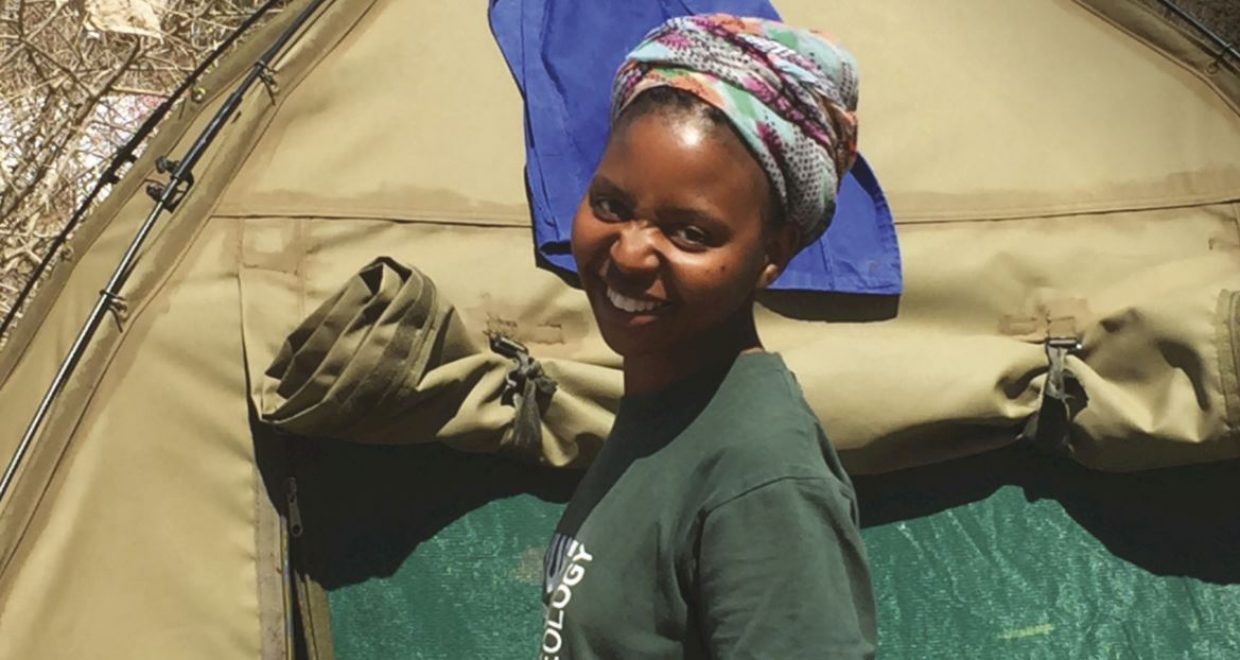Health and Wellness in Archaeology: Improving Readiness and Response
One of the many things I love about the field of archaeology is how collaborations come together. A few years ago, a listserv delivered a survey to my inbox on the theme of field crew safety. I didn’t know at the time who was conducting the study, but I was really glad someone was asking questions about field hazards, safety plans, training, and medical response readiness in archaeology. Having spent many years working in outdoor and wilderness education before I found my way to archaeology, these were topics that were front of mind any time I prepared to go in the field, on par with other checklist items like making sure my trowel was sharpened, we had enough Sharpies, or somebody charged the Total Station battery. I experienced a bit of culture shock as I realized that archaeology sometimes took a more ad hoc or laissez faire approach to health and wellness than the culture of safety I had internalized from my previous career. By the time I was filling out the survey, I had been on excavations hours from emergency services and in places where even a minor injury could mean an epic evacuation, situations not dissimilar to those I worked in before. As a member of a field team, whether I’m the leader or not, I personally feel an ethical obligation to look out for the well-being of my teammates and, selfishly, I hope that if I get injured or sick in the field, someone on the team is prepared to respond appropriately.
At the 2019 SAA meetings in Albuquerque, the authors of that survey and the driving forces behind this special issue, Carla Klehm and Kurt Eifling, organized the Medical Needs for Archaeology forum and invited me to join as a discussant. The forum brought field archaeologists, project leaders, administrators, and medical professionals all to the same table to talk about how we manage safety and medical preparedness in the field for ourselves, our crews, and our students. The robust, exciting, and wide-ranging conversation extended long after we had to vacate our assigned room. By the end of the evening, Carla was drawing up the outline to this special issue and recruiting us to write articles.
The people who participated in the forum and wrote these 10 articles don’t overlap much in their research: the archaeologists have different geographic, temporal, and methodological interests, and Seth Hawkins and Kurt Eifling are medical doctors. What we share, and what I think is shared more broadly, is a desire to do our best to keep our crews and our students safe and healthy in the field so we all can do our best research. That common ethic is the root of our collaboration for this Health and Wellness in Archaeology: Improving Readiness and Response issue. I hope that the tools and ideas here help you inquire about, advocate for, and implement medical preparedness plans whenever and wherever you go in the field.
Rethinking Research Sites as Wilderness Activity Sites: Reframing Health, Safety, and Wellness in Archaeology by Becca Peixotto, Carla Klehm, Kurt P. Eifling is published in the new issue of Advances in Archaeological Practice and free to access until the end of May 2021.





